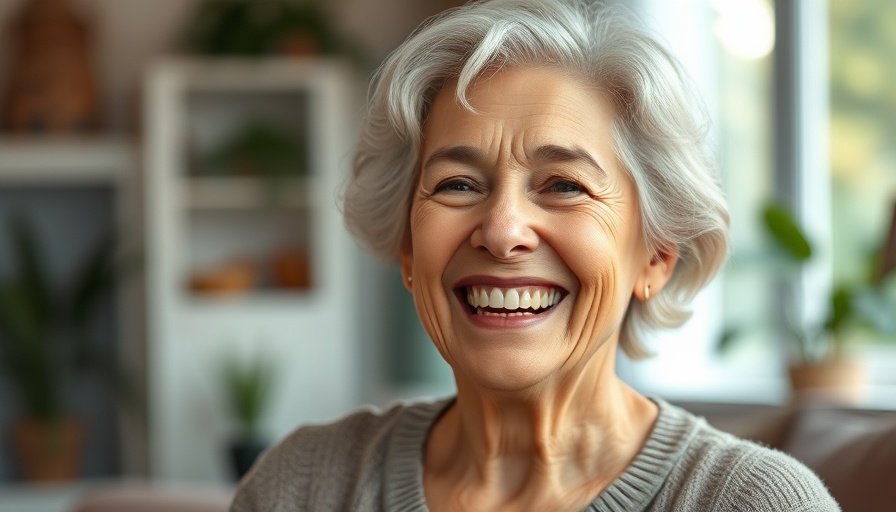
Why Falls After 60 are More Complex Than You Think
As we age, the risk of falling escalates significantly, particularly after the age of sixty. Many seniors believe that simply maintaining their strength through regular exercise is sufficient for stability and safety. However, physical therapist insights reveal a more intricate picture. Balance is not merely a function of strong legs; it requires a harmonious collaboration among our brain, muscles, and sensory systems. Recognizing all aspects of stability is crucial for seniors striving to maintain their independence.
In 'Physical Therapist Tells Seniors! Stop Falling After 60 By Avoiding These 6 Everyday Mistakes,' the discussion dives into crucial fall prevention strategies for seniors, exploring key insights that sparked deeper analysis on our end.
Common Mistakes Seniors Make That Heighten Fall Risk
Surprisingly, many seniors may be unaware of the everyday mistakes that increase their chances of falling. Ignoring balance training, relying on outdated or unsupported footwear, or neglecting changes in vision and hearing can compromise safety. These hidden pitfalls are vital to address, enabling seniors to foster greater stability and confidence by anchoring their approach to well-being.
Enhancing Balance: A Practical Approach
How can seniors improve balance effectively? Simple, realistic exercises that mimic daily movements can considerably enhance stability. Here are a few suggestions:
- One-Leg Stand: Practice standing on one leg while brushing your teeth.
- Heel-to-Toe Walking: Walk heel to toe in a straight line to sharpen your balance skills.
- Weight Shifts: Gently shift your weight from side to side, holding onto a sturdy piece of furniture.
Incorporating these exercises into your daily routine can improve your body's reflexes and preparedness to react in case of a stumble, which can be life-changing.
The Importance of Proper Footwear
For seniors, the right shoes are far more than a style statement; they are a critical element of safety. Soft slippers and worn-out shoes may feel comfortable but lack the necessary support and grip. Investing in well-fitted, non-slip footwear ensures a more stable foundation, reducing the likelihood of falls and accidents, especially in high-risk indoor areas like kitchens and bathrooms.
Stay Proactive: Address Vision and Hearing Changes
The senses tend to decline as we age, which can lead to decreased balance and increased fall risk. Regular checkups for vision and hearing are essential. Even slight adjustments, like new glasses or brighter lighting, can bolster your awareness of obstacles in your environment and significantly decrease the likelihood of accidents.
Take Your Time: The Dangers of Rushing
When seniors rush through daily activities, the chance of missteps skyrockets. Each hurried movement increases muscle tension and diminishes safety awareness. Instead, seniors are encouraged to adopt a slower pace, focusing on deliberate movements to maintain balance and confidence while engaging in daily tasks.
Core Strength: The Key to Overall Stability
Core strength is often overlooked but is fundamental for maintaining balance. Strengthening not just abdominal muscles but also those in the trunk, hips, and lower back is vital. Simple exercises like seated marches or standing leg lifts can significantly enhance core strength, directly influencing balance and stability.
Creating a Safe Home Environment
Finally, ensuring that our living environment is fall-proof can have a transformative effect. Simple changes such as decluttering walkways, securing loose rugs, improving lighting, and installing grab bars in bathrooms can greatly reduce risks and enhance mobility, allowing greater peace of mind at home.
In summary, proactive steps combined with a balanced lifestyle can empower seniors to take control of their health and mitigate risk factors associated with falls. To foster your independence and safeguard your well-being, consider reviewing these strategies and adopting changes tailored to your needs.
 Add Row
Add Row  Add
Add 


Write A Comment